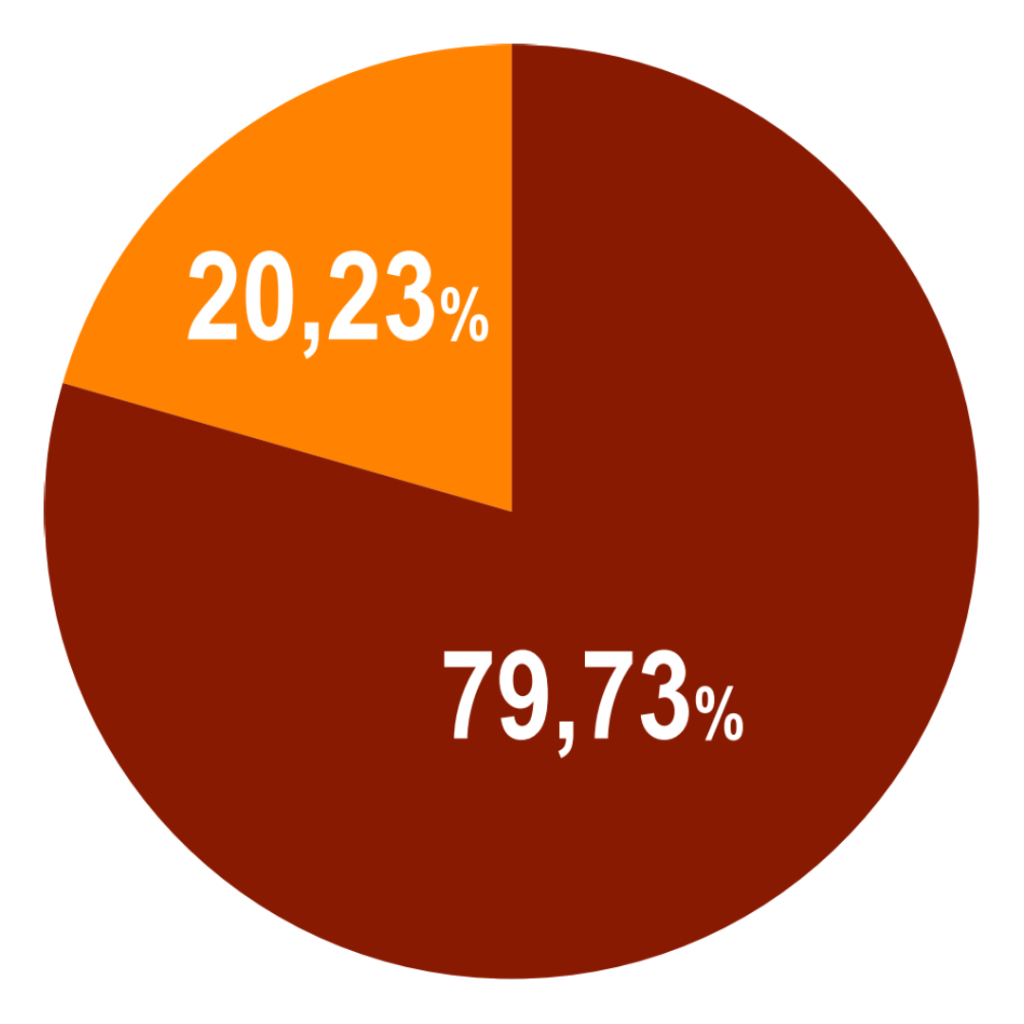The contributions of community volunteering in Venezuela
The experience of Caritas Venezuela
Methodology
This study falls into the category of Mixed Research, of the descriptive type, where the characteristics and most significant features of community volunteering are reviewed in detail, considering the Cáritas de Venezuela groups as the object/subject of the study.
Quantitative Component
National survey: an instrument with open and closed questions, self-administered by digital software. The sample was designed based on the ecclesiastical structure that is formed by 38 dioceses, for a national population universe according to Statistics National Institute 2011 data, with a confidence level of 90% and an error margin of +/- 1.84% in the sample totals. For this, the sample size was 2,181 interviews, during the period of September-October 2022.Qualitative component
Participatory methods: participatory techniques have been integrated, typical of ethnographic methodology, as well as case studies for the inquiry/interpretation of reality. Structured interviews administered in focus groups and in-depth interviews have been designed. The dynamics consider reaching 400 people in different regions of the country. This component is still on-going in 2023 and the findings will be shared in an additional report.3 key data from the I Study of Community Volunteering in Venezuela
Download the I Community Volunteering Study 2022-2023
The Aprohum team contributed to the research design, data analysis and field conduct of participatory research strategies.
2,400 volunteers were reached.



